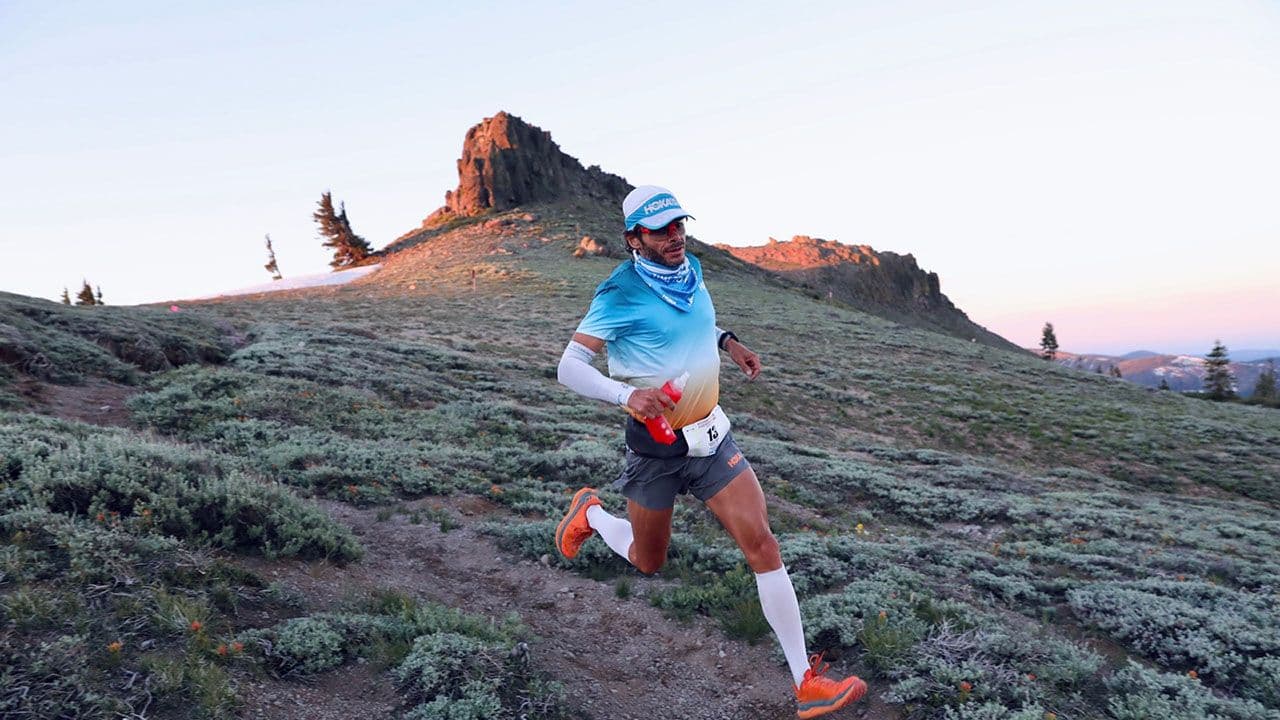
The Western States 100: The World's Most Iconic 100-Mile Ultramarathon
by Derek Siegel
What Is the Western States 100?
The Western States 100-Mile Endurance Run, known simply as the Western States 100, is the world’s oldest and most prestigious 100-mile trail ultramarathon. The race begins in Olympic Valley, California (formerly Squaw Valley), and finishes in Auburn. Covering 100.2 miles of rugged Sierra Nevada terrain, it challenges runners with approximately 18,000 feet of elevation gain and 23,000 feet of descent.
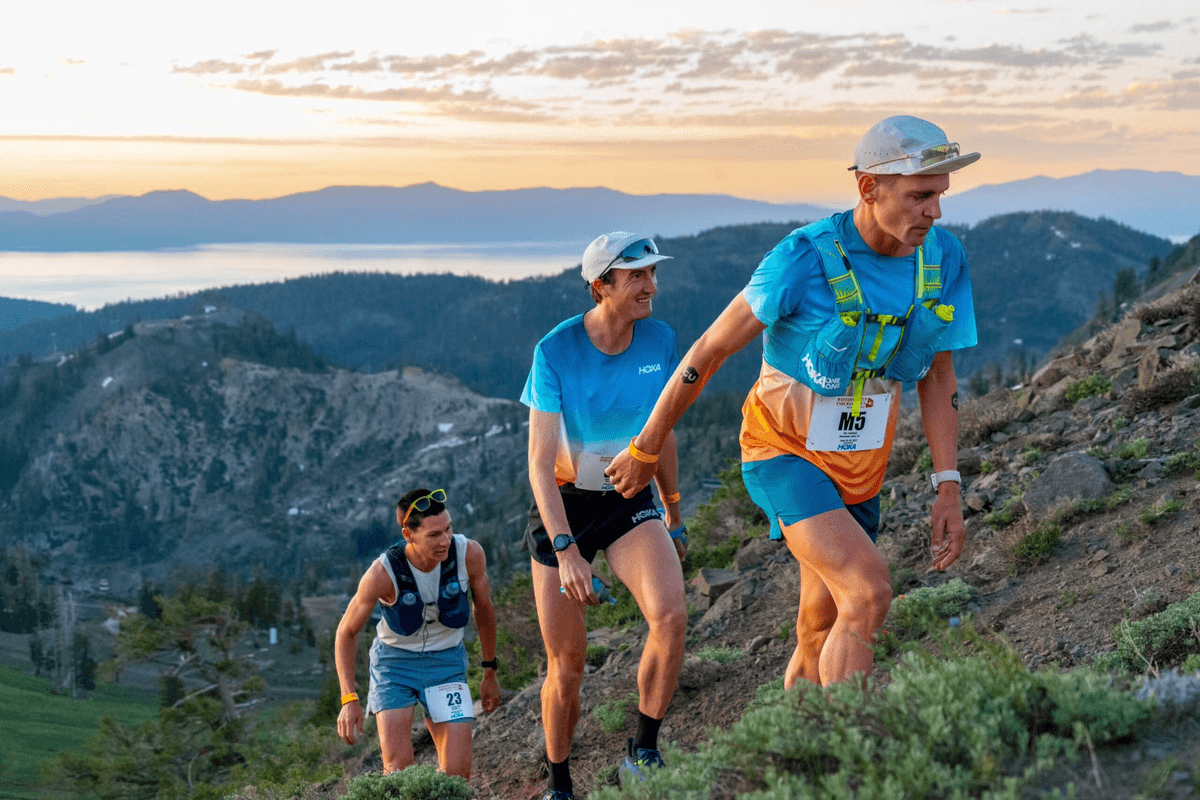
A Brief History of the Western States 100
The event originated in 1974 when Gordy Ainsleigh completed the Western States Trail Ride on foot after his horse went lame. Officially established as a footrace in 1977, the Western States 100 has since become a legendary proving ground for ultrarunners worldwide.
Traditionally capped at 369 entrants, the race maintains its intimate, community-focused spirit. Earning a coveted entry often requires winning a "Golden Ticket" at designated qualifying races.
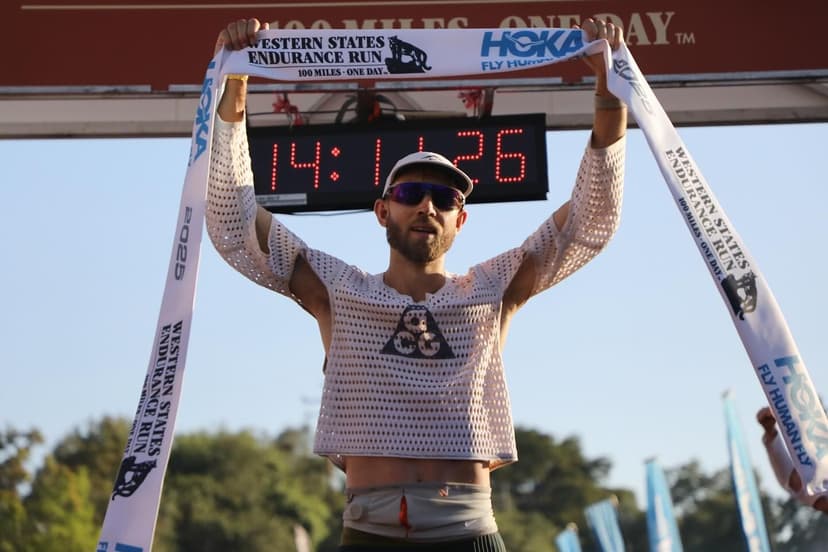
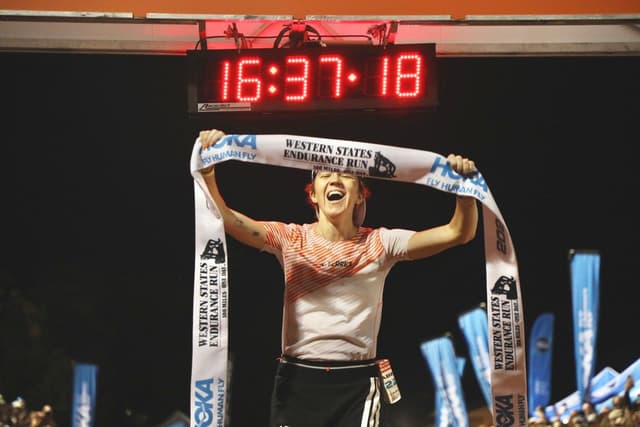
The 2025 Western States 100: Results & Highlights
The 2025 edition was one for the history books.
- Men’s Champion: Caleb Olson, age 29, won with a blazing time of 14:11:25, narrowly missing the course record.
- Kilian Jornet’s Comeback: Ultrarunning legend Kilian Jornet returned after 14 years and secured third place in ~14:19, proving he remains a force.
- Generational Shift: Olson’s victory marked a symbolic passing of the torch to a new generation of elite runners.
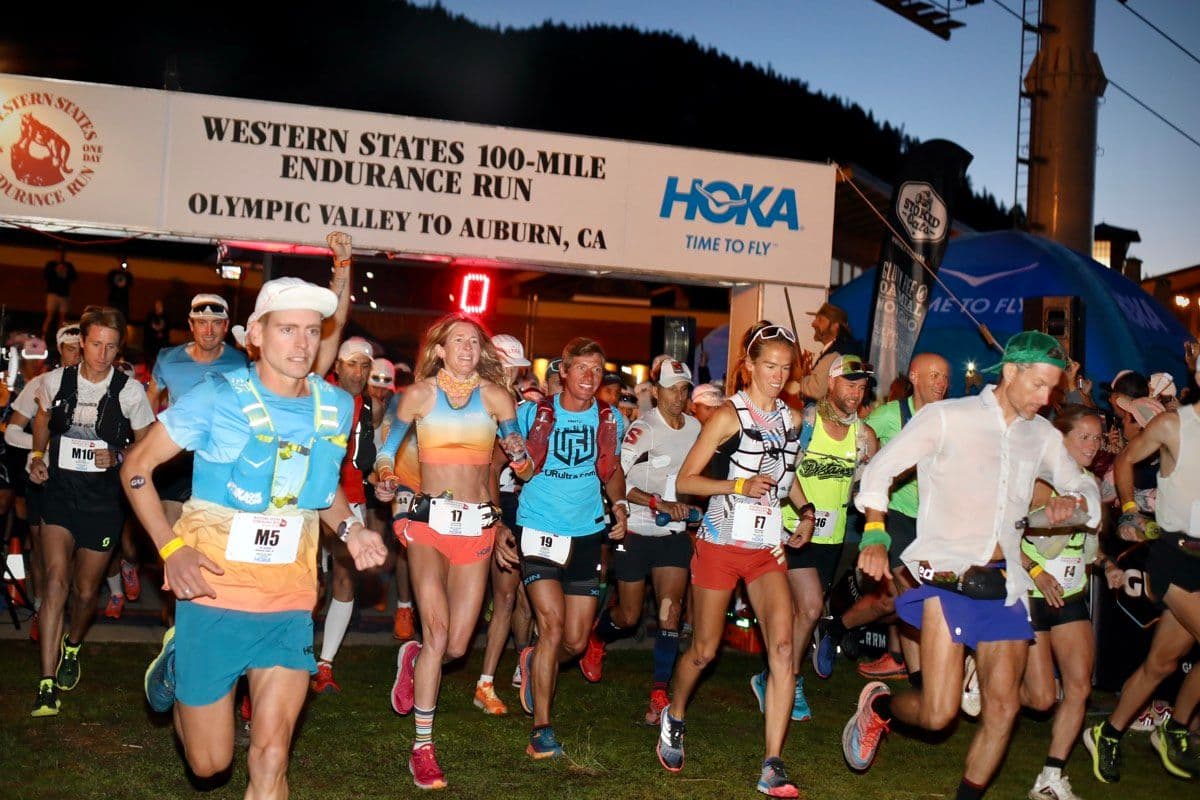
The Western States 100 Route: A True Test of Endurance
The race begins with a steep climb up Emigrant Pass at 8,750 feet, followed by technical singletrack through the Granite Chief Wilderness. Runners face extreme heat in the canyons, river crossings, and unpredictable snowpack.
Crossing the Middle Fork of the American River is a signature challenge before runners finally approach Auburn and finish on the iconic high school track — a moment many describe as life-changing.
Iconic Western States 100 Finishers
- Jim Walmsley: Four-time champion, men’s course record holder (14:09:28).
- Courtney Dauwalter: Women’s course record holder (15:29:34).
- Ann Trason: Legendary 14-time winner in the 1990s.
- Scott Jurek: Seven consecutive victories (2001–2007).
- Tim Twietmeyer: Famous for 25 sub-24-hour finishes.
Finishers who complete the race under 24 hours earn a coveted silver belt buckle, while those finishing under 30 hours receive a bronze buckle — symbols of true grit.
Why the Western States 100 Is a Must-Do for Ultramarathoners
The Western States 100 isn't just a race; it's a rite of passage in ultrarunning culture. It combines raw natural beauty, extreme physical demands, and a storied community atmosphere. For many, earning that finisher’s buckle represents years of preparation and sacrifice.
Moreover, as part of the Grand Slam of Ultrarunning, it draws the best athletes globally and remains a bucket-list event for trail running enthusiasts.
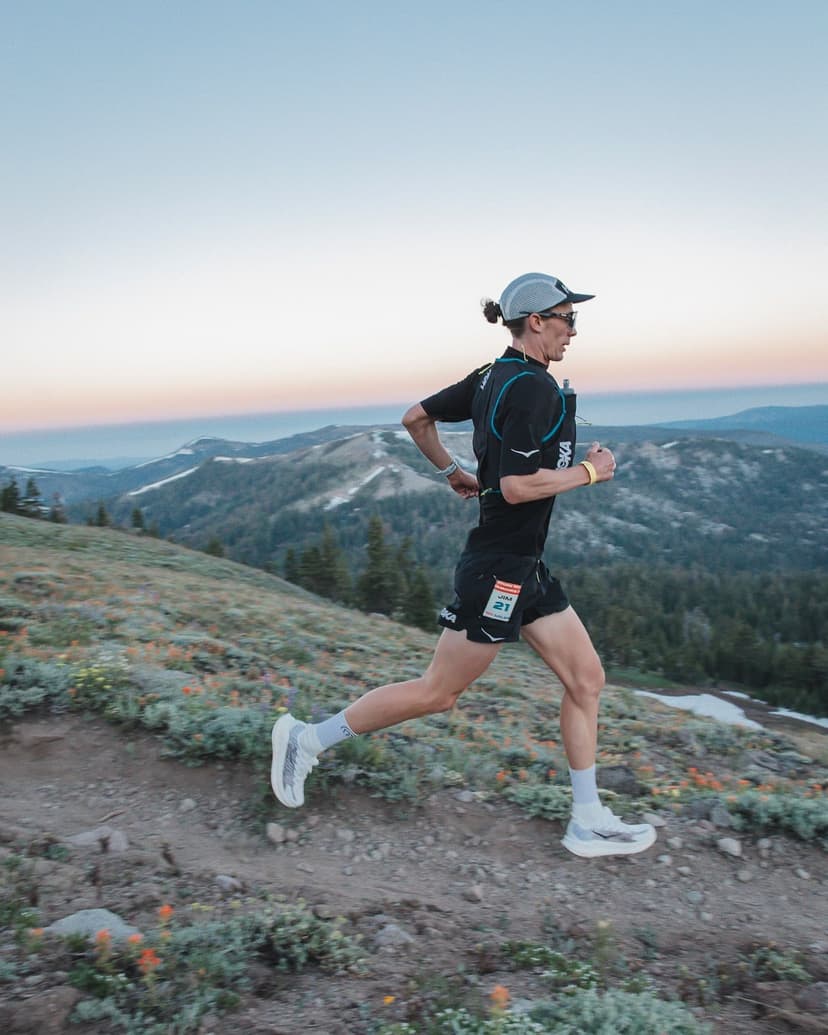
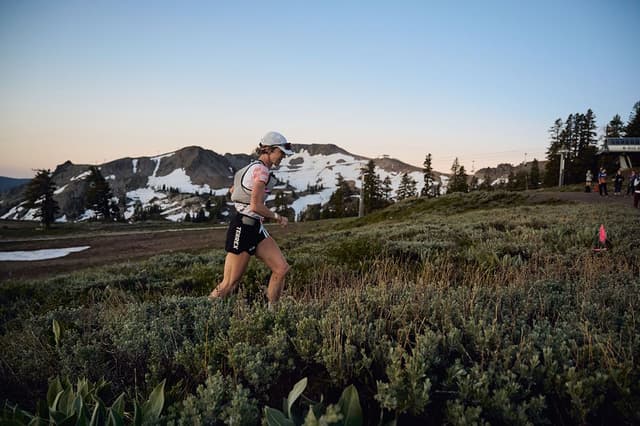
Looking Ahead: The Future of the Western States 100
With each passing year, the Western States 100 continues to evolve, inspiring a new generation of runners while honoring its historic roots. As records fall and young talents rise, the spirit of the event — community, resilience, and respect for the trail — remains unchanged.